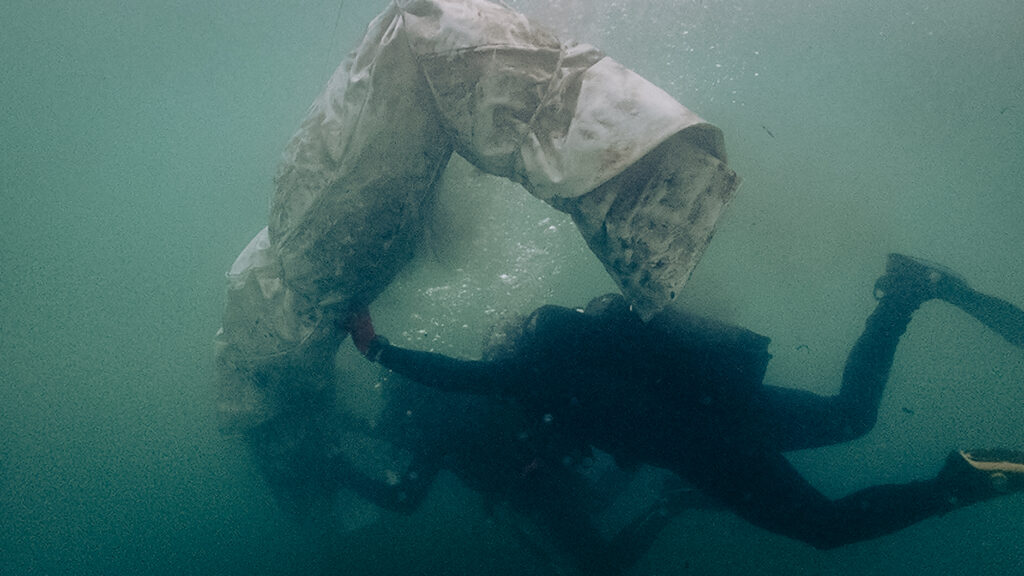Help Us Map Marine Litter -
With Your Photos
Join the SeaClear2.0 movement to fight marine pollution.
Why It Matters
Every year, up to 500,000 tons of macroplastics and 130,000 tons of microplastics end up in Europe’s waters. The Mediterranean, semi-enclosed and heavily populated, is the most polluted sea in Europe – and one of the most affected worldwide.
Over 25 million tons of plastic waste now pollute the ocean. Most of it doesn’t float. It sinks, silently disrupting marine life on the seabed – where it’s harder to detect and clean.
What’s the Impact?
Marine litter is a global crisis. Its impacts are profound and severely disrupt the delicate balance of marine ecosystems, affecting biodiversity, the health of our ocean and even our economies.The main effects of plastic pollution are:
Ingestion:
Sea turtles, birds, and fish mistake plastic for food, often dying from starvation or internal damage (like the newly discovered plasticosis disease in seabirds which is the result of the internal lacerations caused when birds ingest plastic.
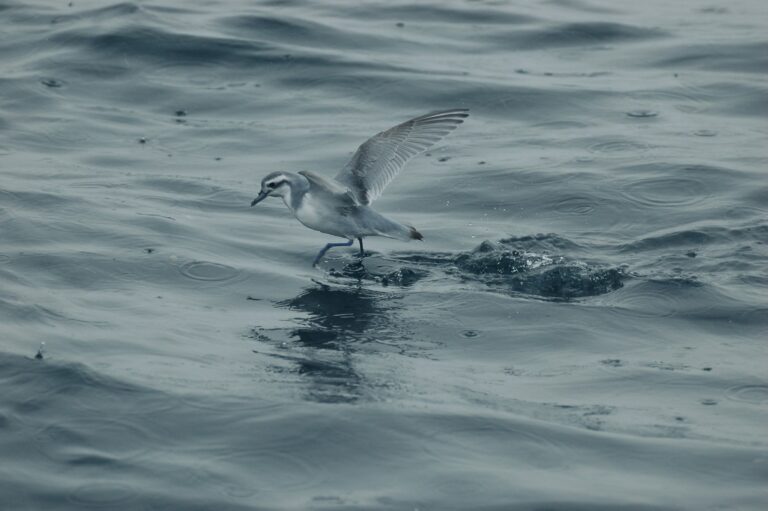
Entanglement:
Animals get trapped, injured, or drowned in abandoned fishing nets and debris.
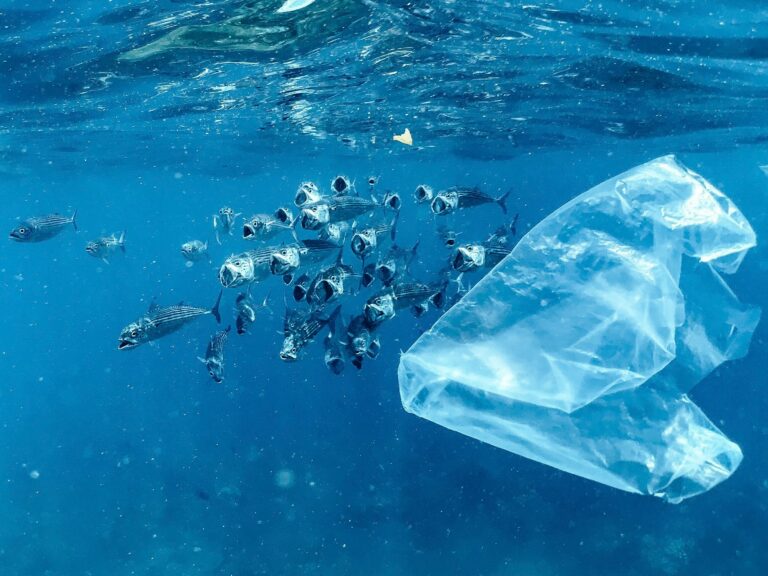
Toxicity:
Plastics absorb and carry pollutants, entering the human food chain via seafood. plastic ingestion by marine wildlife can lead to the transfer of these pollutants up the food chain and eventually to humans through the consumption of seafood.
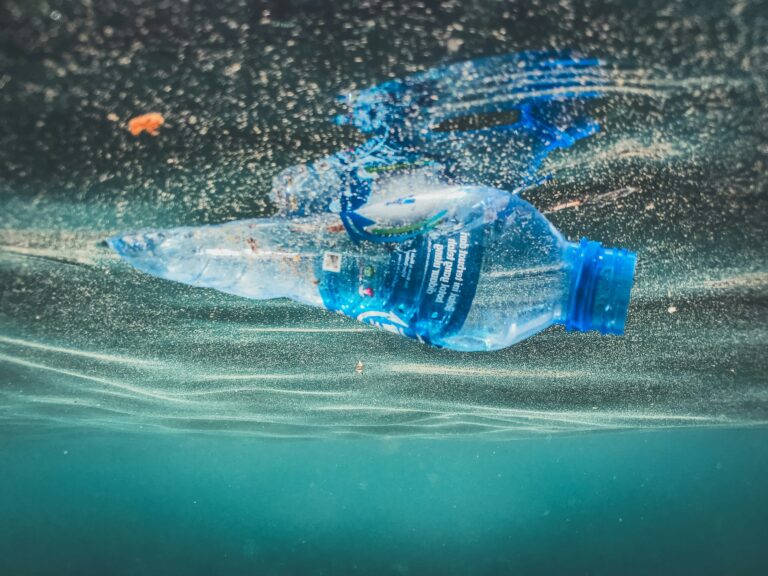
Economic damage:
Beyond human health litter harms tourism, fishing industries, and burdens coastal communities with costly cleanups for coastal municipalities.
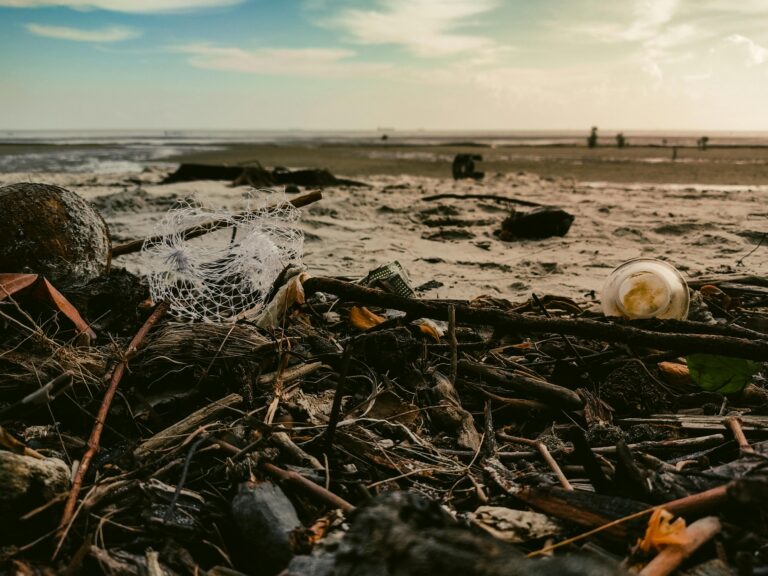
the seaclear2.0 project
SUBMIT YOUR PHOTOS!
We’re collecting images that show:
• Litter on the seabed, sea surface, or beach
• Interactions between marine litter and wildlife
• Litter’s impact on ecosystems, coastal life, or human activity – fishing and maritime industries, the quality of life in coastal communities, and human health and safety.
